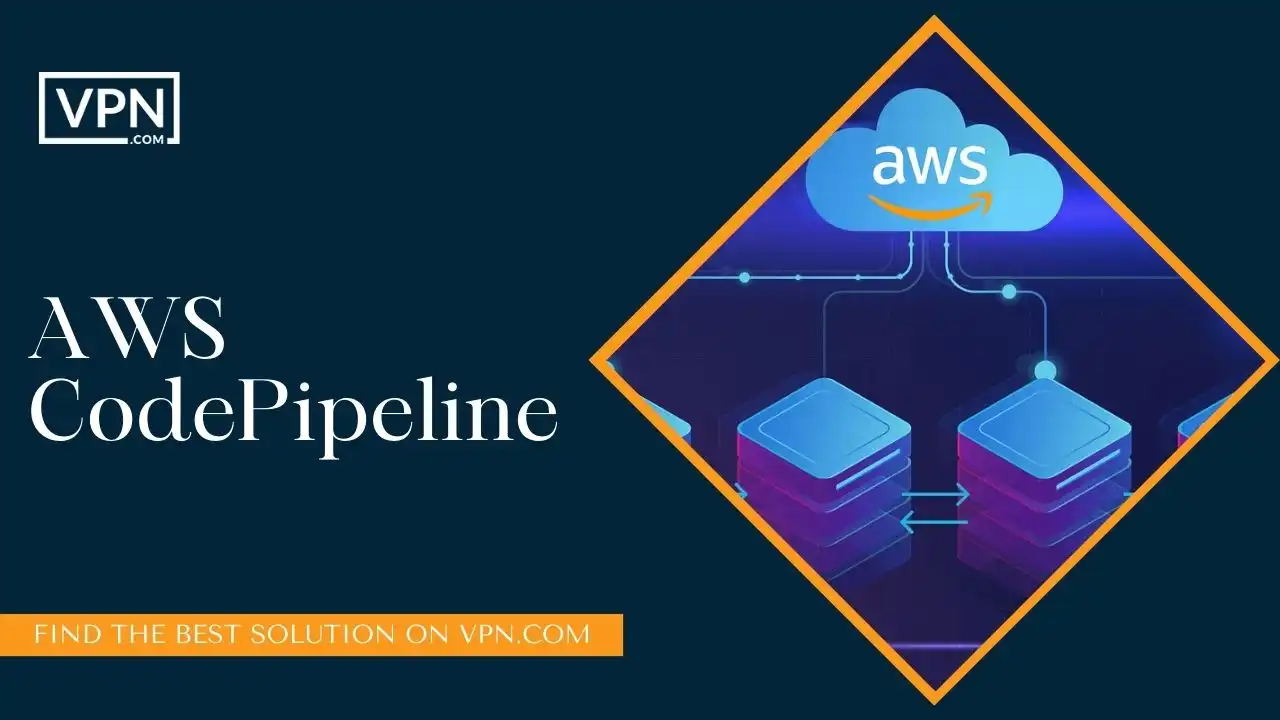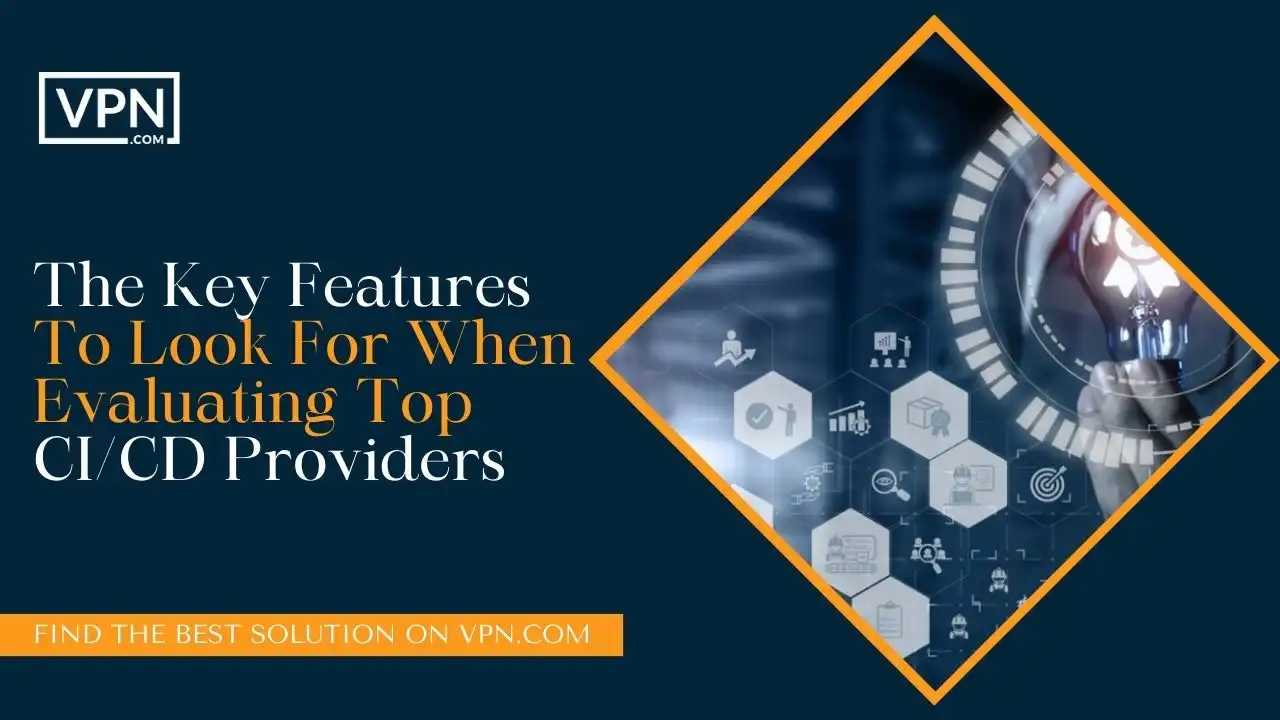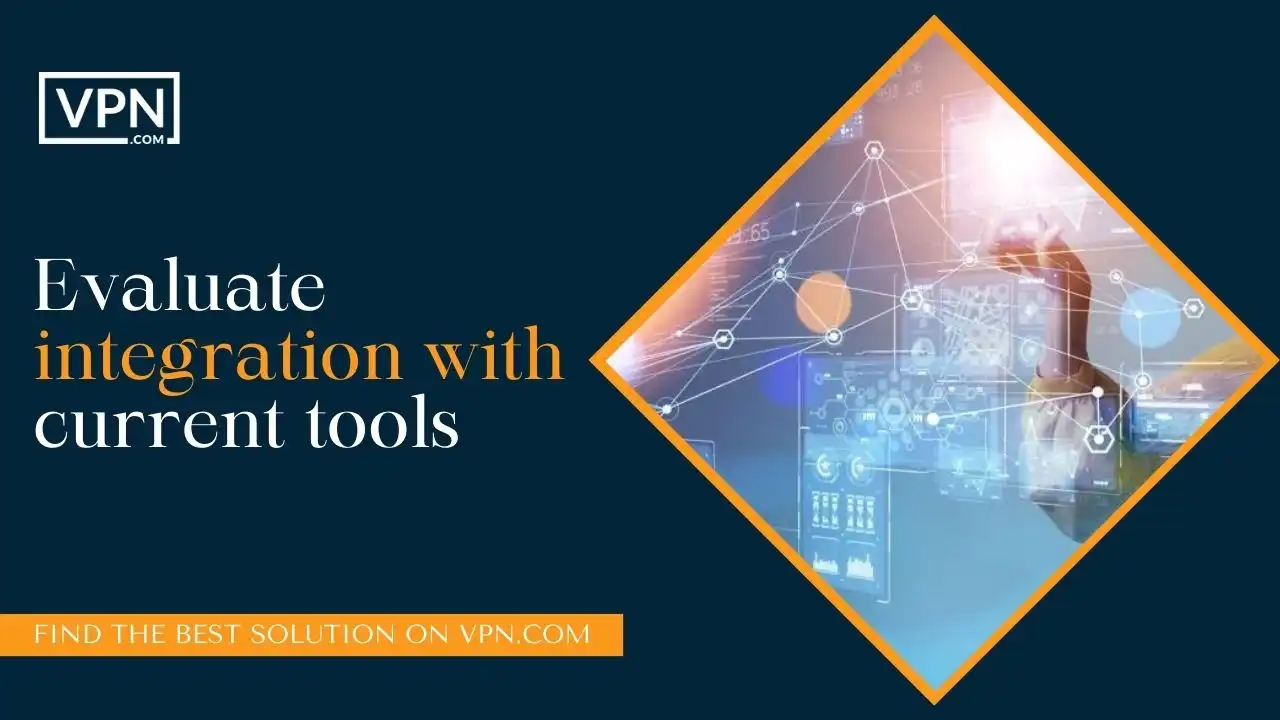Best CI/CD Service Providers

Continuous integration and continuous delivery (CI CD) have become important practices for modern software development teams. CI CD automates the step by step process. This procedure includes building, testing, and deploying applications, allowing developers to release software faster and more reliably as CI CD adoption has a vast number of SaaS providers. These providers have emerged with great benefits. These benefits could be CI CD platforms and tools. Some of the top CI CD service providers include CircleCI, Travis CI, Jenkins, Codeship, and GitLab CI.
These providers provide features like configurable pipelines, integration with source control systems, parallel testing, deployment automation, and analytics and reporting.
Key factors in evaluating the best CI CD service providers platforms include flexibility of pipelines, breadth of integrations, scalability, security compliance, customer support, ease of getting started, and overall usability.
The leading solutions work best for your benefit and balance power and customizability. They have specialized engineering teams with simplicity and automation to streamline software delivery. As development practices and infrastructure continue changing, these hosted CI CD services make teams focus on building and updating software rather than configuring and maintaining proprietary tooling.
In conclusion, CI CD has become a common example for modern software teams, hosted CI CD platforms from providers. These platforms including CircleCI and Travis CI have emerged as popular solutions for automating builds, tests, and deployments to accelerate delivery. The top services offer robust pipelines, broad integrations, scalability, and usability to meet the needs of engineering teams.
The Top CI CD Service Providers

The following is an extensive comparative review of some of the top CI CD service providers:
Jenkins
Jenkins is the leading open-source automation server used by development teams for CI CD. Jenkins is highly flexible and extensible via plugins, allowing it to integrate with practically any tool in the CI CD ecosystem. It has an extremely active community behind it.
However, Jenkins can have a steep learning curve, especially for those new to CI CD. Setting up Jenkins and managing plugins and jobs/pipelines can be complex. Scaling and securing an on-prem Jenkins installation also requires significant expertise. The plugin ecosystem, while powerful, can also result in compatibility issues after upgrades.
GitLab
GitLab offers integrated CI CD pipelines as part of its DevOps platform. GitLab CI CD has out-of-the-box support for popular languages and frameworks. The tight coupling between GitLab’s source code management, CI, and deployment tools provides traceability and governance across the development lifecycle.
However, GitLab CI CD is less full-featured compared to standalone CI CD tools. It can be limited in scalability and processing speed when projects grow large. There is also a lock-in to the GitLab platform itself. Migrating pipelines to other tools can be challenging.
CircleCI
CircleCI is a SaaS platform focused specifically on automated CI CD workflows. It is cloud-native, with intelligent job processing and caching. CircleCI’s orbs allow reusable pipeline configurations between projects.
On the downside, CircleCI lacks self-hosted options and has fewer environment choices compared to configurable on-prem CI CD setups. There can also be hidden costs for enterprise features or requirements for specific test infrastructure.
Travis CI
Travis CI is a popular open-source CI solution tightly integrated with GitHub. It is free for open-source projects and offers easy configuration via `.travis.yml` files checked into repositories. Travis CI features parallel builds testing and support for multiple languages.
However, Travis CI’s free tier needs to be improved in terms of building resources. Scaling to enterprise workloads often requires switching to a paid plan. It also has limited capabilities for modeling complex pipelines compared to Jenkins or CircleCI.
Microsoft Azure Pipelines
Azure Pipelines provides cloud-based CI CD pipelines with support for Windows, Linux, and macOS jobs. It includes capabilities for release orchestration and management. Tight integration with other Azure services is a key selling point, along with strong support for Microsoft-centric applications and environments.
However, Azure Pipelines’ web UI suffers from being busy and unintuitive at times. Learning curves can be high, especially for open-source developers used to simpler tools like Travis CI. As with AWS CodePipeline, it results in a technology lock-in to the Azure platform.
As we know, while all these solutions can provide robust CI CD capabilities, factors like flexibility, learning curves, scalability needs, ecosystem integration, and hidden costs should drive technology selection decisions. Leading enterprise teams often leverage a combination of cloud services, on-prem servers, and SaaS tools within their CI CD pipelines.
AWS CodePipeline

AWS CodePipeline is a fully managed CI CD service on AWS. It integrates seamlessly with other AWS services like CodeBuild, CodeDeploy, CloudWatch, S3, Lambda, and more. Configuration is entirely GUI-based without needing complex YAML files.
On the downside, CodePipeline has a very steep learning curve for those new to AWS. Designing and troubleshooting pipelines can be challenging. It also ties organizations heavily to the AWS ecosystem through lock-in effects.

Our #1 Rated Monitoring Service
- 24x7x365 multi-cloud security
- Security Assessment & Remeditation
- DevSecOps
- Cloud Disaster Recovery
The Key Features To Look For When Evaluating Top CI/CD Providers

The following is a detailed note on the key features to look for when evaluating top CI CD Service Providers:
Integration with tools like GitHub and GitLab
Leading CI CD Service Providers platforms provide tight integration with major Git-based source code repositories like GitHub and GitLab. This allows for the automatic triggering of pipelines based on code commits and pull requests. Native integrations streamline traceability between code changes and CI CD pipeline executions. Platforms like CircleCI also allow embedding status badges directly into repos to showcase build/test status.
Support for multiple languages and frameworks
Given the diversity of languages and frameworks used across engineering teams, the ability to support builds and tests in Java, .NET, Node.js, Python, React, Angular, etc is essential. Leading solutions have pre-built images and comprehensive dependency caching for faster builds. Configuration reuse across projects using industry-standard YAML helps teams standardize practices at scale.
Flexible workflows and pipelines
Mature CI CD Service Providers provide robust workflow engines to model complex pipelines spanning multiple environments. These include support for fan-in/fan-out pipelines, automated rollbacks, canary deployments, staged rollouts, and more. Approvals, gates, and integration with notification platforms help teams implement governance.
Smart test parallelization

Executing test suites in parallel drastically reduces feedback cycles for developers. CI CD Service Providers leverage dynamic containers and cloud infrastructure to only limit parallelism by total available processing power. Grouping of tests by risk, duration, and dependencies further optimizes the use of parallel resources.
Built-in security features
Leading solutions provide capabilities like secrets management, IAM controls, and integration with identity providers to secure credentials and pipelines. Security scans, SAST, DAST, etc help teams find vulnerabilities early. Audit trails, access controls and policy guardrails help enforce organizational compliance requirements.
Scalable infrastructure
Hosted CI CD Service Providers platforms leverages auto-scaling groups of containers and cloud instances to execute pipelines cost-effectively. Support for pipelines spanning multiple cloud providers and regions provides high availability. Caching and artifacts help optimize build performance while still providing necessary audit trails.
Intuitive dashboards and analytics
Usability is key for user adoption across teams. CI CD tools provide insights through timeline views of pipeline runs, logs, artifact histories, and integration with notification platforms. Dashboards spotlight key trends across pipelines, allowing data-driven decisions to optimize software delivery.
As we know, CI CD Service Providers platforms aim to provide enterprise-grade capabilities for modeling release processes while emphasizing developer productivity through integrations, scalability, and analytics. Leading solutions balance both the self-service needs of engineers with governance requirements for businesses.

Our #1 Rated Monitoring Service
- 24x7x365 multi-cloud security
- Security Assessment & Remeditation
- DevSecOps
- Cloud Disaster Recovery
Key Factors To Consider When Choosing The Right CI/CD Platform

The following is an extensive note on key factors to consider when choosing the right CI CD Service Providers platform:
Consider language and tech stack
The Best CI CD Service Providers should support the core languages and frameworks used by your product teams like Java, JavaScript, .NET, Python, etc. Having pre-built images and caching for popular open-source libraries optimizes build performance. Evaluate integrations with related tools as well – for example, bundlers, linters, and dependency managers. Platforms that rely on standard YAML configuration vs proprietary DSLs provide consistency.
Evaluate integration with current tools

Understand what other parts of your workflow need integration – IDEs, code hosts, artifact repositories, security scanners, etc. Open APIs and webhooks allow CI CD Service Providers to trigger pipelines based on events from external tools. For example, integrations with JIRA can auto-generate tickets for failing builds. Slack integration enables notifications from pipelines.
Assess pricing and feature needs
CI/CD needs often grow from small teams to enterprise scale. Evaluate both developer capabilities like configurable pipelines, UIs, and collaboration features as well as enterprise requirements around security, compliance, and role-based access. Understand all aspects of pricing, including several concurrent jobs, build minutes, IP-based licensing, and support costs.
Look for platform expertise and community support
Mature and Best CI CD Service Providers platforms have extensive documentation, guides, and an active user community. For example, CircleCI maintains orbs – shareable pipeline configurations for common languages and frameworks. An engaged community allows teams to find answers without depending solely on official support. Well-documented SDKs and open-source libraries also assist with custom integrations.
Factor in ease of use and configuration

Usability, learning curves, and ramp-up time are crucial for user adoption across teams. Best CI CD Service Providers platforms should balance power and customizability for expert users with simplicity and guardrails for beginners. Configuration as code via YAML prevents lock-in compared to proprietary GUI workflows. Platforms should also provide intuitive views into pipeline runs, logs, and artifacts to troubleshoot issues.
In summary, evaluate CI CD Service Providers platforms across integration capabilities, community support, scalability, security features, ease of use, and hidden costs before committing to a solution. The right platform balances robustness to meet current and future needs with usability to drive adoption across the organization.

Our #1 Rated Monitoring Service
- 24x7x365 multi-cloud security
- Security Assessment & Remeditation
- DevSecOps
- Cloud Disaster Recovery
Conclusion
After the above discussion we have concluded that CI CD Service Providers platforms have become tools for modern software teams. It helps them to automate the building, testing, and deployment of applications. There are a variety of leading CI CD Service Providers available including Jenkins, GitLab, CircleCI, Travis CI, and more. When evaluating the best CI CD Service Providers.
The key factors to keep in mind are integration capabilities with source code repositories and DevOps toolchains, breadth of language and framework support, intelligent parallelization of tests, flexibility to model complex pipelines, scalability to support enterprise workloads, built-in security and governance features, ease of use and configuration, and community support.
Leading solutions want to offer a robust feature set to meet current needs and future growth while emphasizing productivity for developers through integrations and intuitive interfaces. While open-source platforms like enhanced and expert company. These are Jenkins, which offers extreme customizability, and SaaS products like CircleCI focus on optimizing cloud infrastructure for CI/CD. By following the right CI CD Service Providers, teams can touch faster and higher-quality software delivery.




